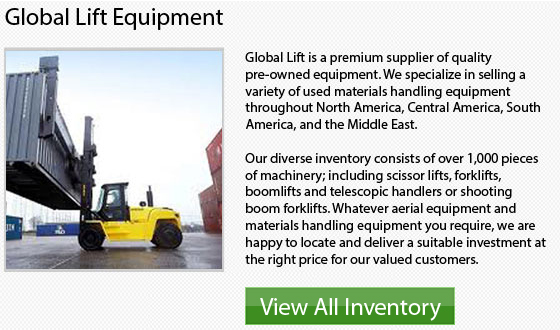
Rough Terrain Forklift Training
Normally utilized on construction sites and on logging and forestry projects, Rough terrain or Class VII forklifts is a popular choice for many outdoor conditions that require a machinery to run on uneven ground. The Occupational Safety and Health Administration or OSHA states that operators should receive classroom style training or lecture in addition to supervised driving training. Regular refresher training courses are taken by the drivers in order to keep them in top form.
Classroom or Lecture Training
When learning to drive a rough terrain lift truck, the initial step is taking classroom type of instruction or lecture. This training includes information about the equipment which the driver would be using. Specifics such as lifting capacities and how to refuel the lift truck are discussed. Safety tips are really essential to understand before operation. OSHA does not place a minimum time requirement on classroom training, however, they do state that written and oral exams could be part of the training process.
Supervised Driving
Supervised driving is the next step in the rough terrain forklift training, quite similar to when drivers learn to drive a passenger automobile. The operator is required to learn how to drive the specific type of rough terrain forklift that they will drive in the workplace. Furthermore, they should practice operating this type of lift truck in an environment that closely replicates the conditions wherein they would be driving. Several of the other situations covered in training include dealing with structures nearby, vehicle traffic and pedestrians.
Certification
The supervisor could certify the operator for that workplace after a supervisor determines whether an operator is capable of safely driving a rough terrain lift truck. The certification for the driver can be kept in their personnel file. If the training is to be taken in a 3rd party training facility, the trainer hands the driver the certification. As work environments vary, the certifications are not transferable; hence, operators should be re-certified again in the new environment. Usually, training passes more quickly after the driver has been certified the first time.
The safety issues associated with driving a lift truck are really vital. It is important that operators stay alert and drive with utmost care and attention. Practicing good habits can save lives at the end of the day. Also, much less damage to the work environment, the machinery itself or the products happens when operators are working at the top of their game.